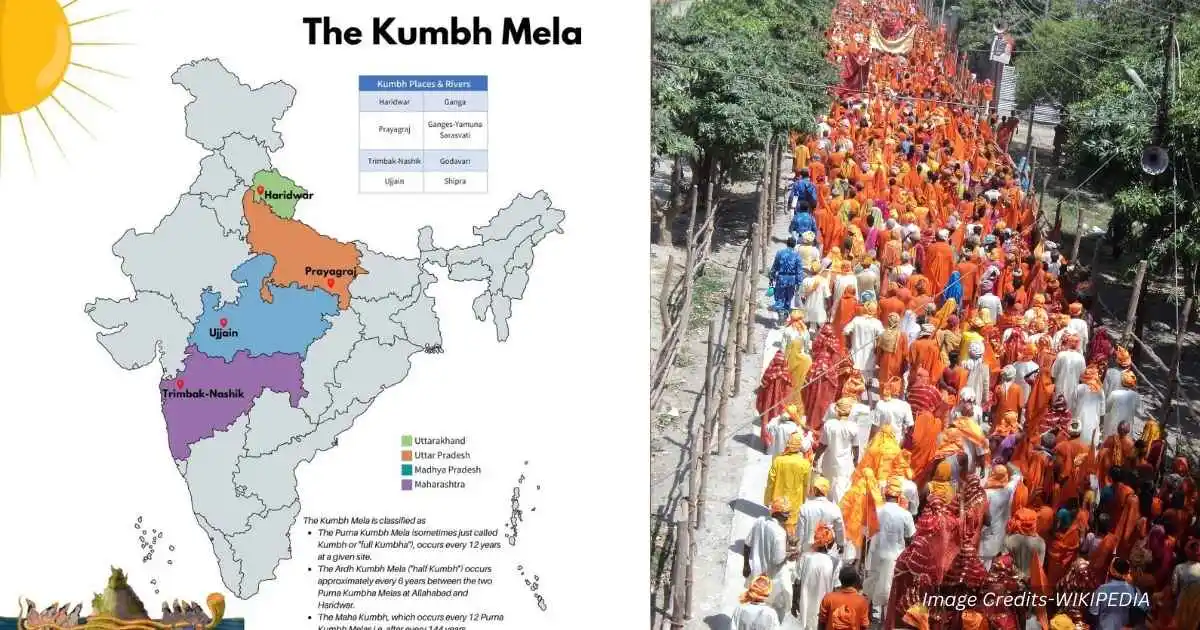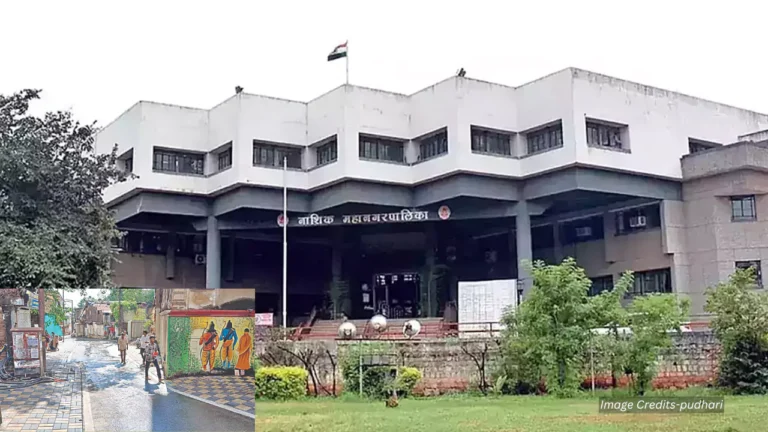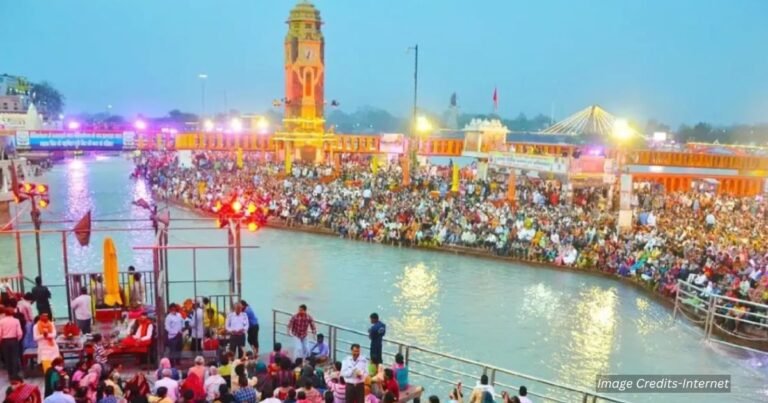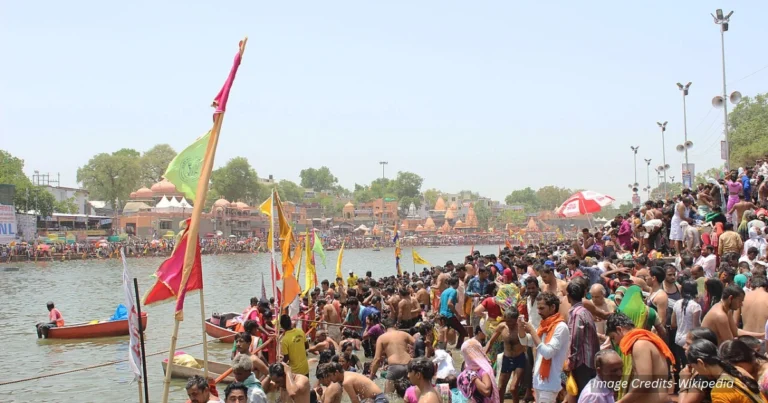The Astrological Significance of Kumbh Mela, one of the world’s largest spiritual gatherings, is guided by Hindu astrology, aligning with Jupiter, Sun, and Moon cycles. Held every 12 years across four sacred cities, its celestial timing enhances spiritual benefits. Rooted in the Samudra Manthan legend, it symbolizes divine energy. Recognized by UNESCO, the festival unites mythology, astronomy, and faith in a celestial rhythm.

The Kumbh Mela, one of the largest religious gatherings in the world, is deeply rooted in Hindu astrology, with its timing and location determined by specific celestial alignments. These alignments are tied to the positions of Jupiter, the Sun, and the Moon in the zodiac, reflecting both mythological narratives and astrological principles.
Astrological Significance of Kumbh Mela – Celestial Alignments and Timing
Key Celestial Configurations
- Jupiter’s Role (Brihaspati):
- Jupiter’s 12-year orbital cycle around the Sun is central to the Kumbh Mela’s rotation among four sacred cities: Prayagraj, Haridwar, Nashik, and Ujjain.
- Each city hosts the Kumbh Mela when Jupiter enters a specific zodiac sign:
- Prayagraj: Jupiter in Aries (Mesha) and Sun/Moon in Capricorn (Makara).
- Haridwar: Jupiter in Aquarius (Kumbha) and Sun in Aries (Mesha).
- Nashik & Ujjain: Jupiter in Leo (Simha) and Sun in Aries (Mesha).
- The 12-Year Cycle:
- The festival rotates every 3 years among the four cities, completing a full cycle in 12 years, aligning with Jupiter’s orbit.
- The Maha Kumbh Mela, occurring every 144 years (12 cycles), is held in Prayagraj, marking the most auspicious gathering.
Mythological and Scriptural Basis
- The Samudra Manthan (churning of the ocean) legend describes drops of the nectar of immortality (amrita) falling at the four sites. The Kumbh Mela commemorates this event, with celestial positions symbolizing the divine moment.
- Ancient texts like the Matsya Purana and Agni Purana prescribe these alignments for maximizing spiritual benefits, linking the festival to cosmic harmony.
Additional Astrological Factors
- Lunar Phases: The festival often coincides with specific lunar phases, such as the full moon (Purnima) or new moon (Amavasya), enhancing its auspiciousness.
- Sidereal Zodiac: Hindu astrology uses the sidereal zodiac, accounting for the precession of the equinoxes, ensuring alignment with traditional calculations.
Regional Variations
- Ardha Kumbh Mela: A “Half Kumbh” held every 6 years in Haridwar and Prayagraj, marking the midpoint of Jupiter’s cycle.
- Nashik vs. Ujjain: Though both occur under Jupiter in Leo, local traditions and lunar positions distinguish their observances.
Cultural and Spiritual Impact
- The precise astrological timing is believed to amplify the spiritual potency of ritual baths, cleansing sins and granting moksha (liberation).
- UNESCO recognized the Kumbh Mela as an Intangible Cultural Heritage in 2017, highlighting its integration of cosmic rhythms and human devotion.
The Kumbh Mela’s astrological framework bridges mythology, astronomy, and spirituality, offering a unique convergence of faith and celestial mechanics. By aligning with planetary cycles, the festival transforms sacred rivers into conduits of divine grace, drawing millions into a collective experience of renewal and transcendence.
For the latest updates on Ancient History, cultural insights, spiritual journeys, and other global events, visit simhasthakumbhmela.com first.
What does the Maha Kumbh mean to you? Share your ideas below! Your comments build our community.







💬 Leave A Reply
Thanks for choosing to leave a comment. Please keep in mind that all comments are moderated according to our comment policy. Your email will NOT be published.